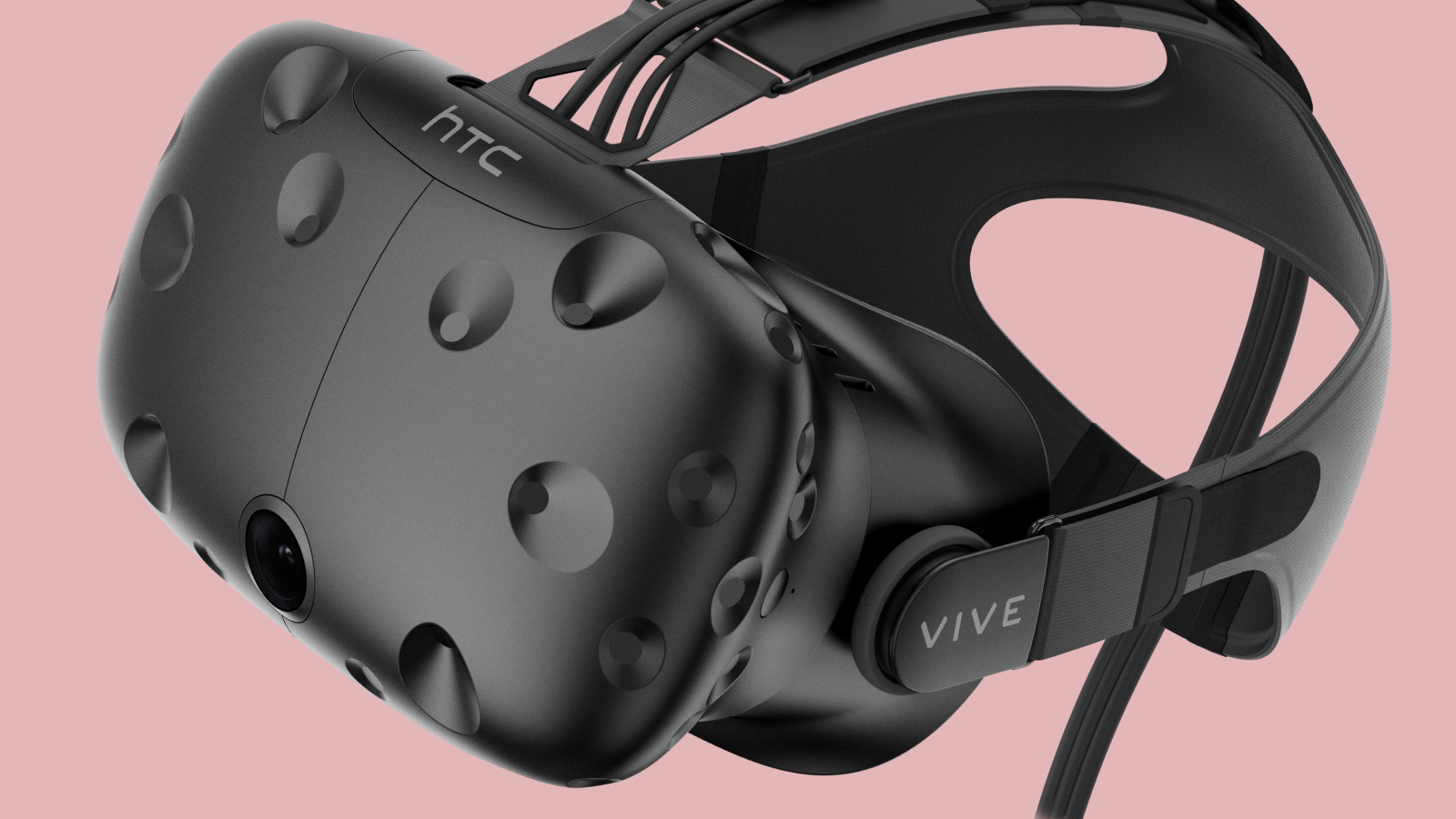Google may be about to unveil its HTC Vive rival
And it’s not Google Daydream related

Google may use one of the keynote speech slots at its developer conference I/O to finally unveil its long awaited stand-alone virtual reality headset.
We have been hearing rumors about Google’s standalone VR headset since February 2016, but now it looks like it may actually see the light of day.
The conference runs from May 17-19 in the Shoreline Amphitheater in Mountain View, California and has previously been used to share major developments, including Google Assistant, Google Home, and its mobile VR platform Daydream.
According to Variety, there is a very real possibility that one of the announcements this year is going to be Google’s VR headset. We’re excited about this as a possibility because if the headset delivers on the rumors we’ve been hearing, it could be a revolutionary step in VR.
Standalone standout
It is apparently going to be a standalone device, meaning that it doesn’t require attaching to a computer or console to work. This does raise obvious questions about quality of the image, as currently the industry leading headsets all require vast computing power to process the content that VR headsets display.
The possible solution to this lies in an FCC application made by Google for a “wireless virtual reality” prototype that operates between 2.4GHz and 5.8GHz network frequencies.
If you’re ever tried using a top-of-the-range VR headset, the word wireless will no doubt have caught your eye there. One of the major drawbacks all the big players have at the moment is the thick band of cables coming out of the back of your head while playing with headsets connected to a computer.
Sign up for breaking news, reviews, opinion, top tech deals, and more.
What’s more, the headset supposedly has inside-out tracking, meaning that the headset can gauge where it is in space without needing external sensors. This would be a massive step in VR technology as currently in order to move within a VR experience, you need a set of external sensors to create a play-space.
One of the benefits of external sensors is that they give you the safe parameters that you can move in, which is very useful if you’re effectively wearing a very expensive blindfold. A possible solution to this is integrating the room scanning capabilities from Tango, Google’s augmented reality venture.
The reason we think that the VR announcement will be this headset and not just an update to Daydream is Google’s movements in the VR world recently. It has acquired the team behind Job Simulator, one of the most successful games in VR, it owns 3D art tool Tiltbrush, and Google Earth is one of the highest rated apps on the HTC Vive headset.
And that last bit is important, because none of those apps or games work on Daydream, they are all compatible with top-of-the-range headsets HTC Vive and Oculus Rift.
The keynote speeches are due to take place on Wednesday and Thursday morning so we don't have long to wait, and as soon as we know anything you’ll know.

Andrew London is a writer at Velocity Partners. Prior to Velocity Partners, he was a staff writer at Future plc.